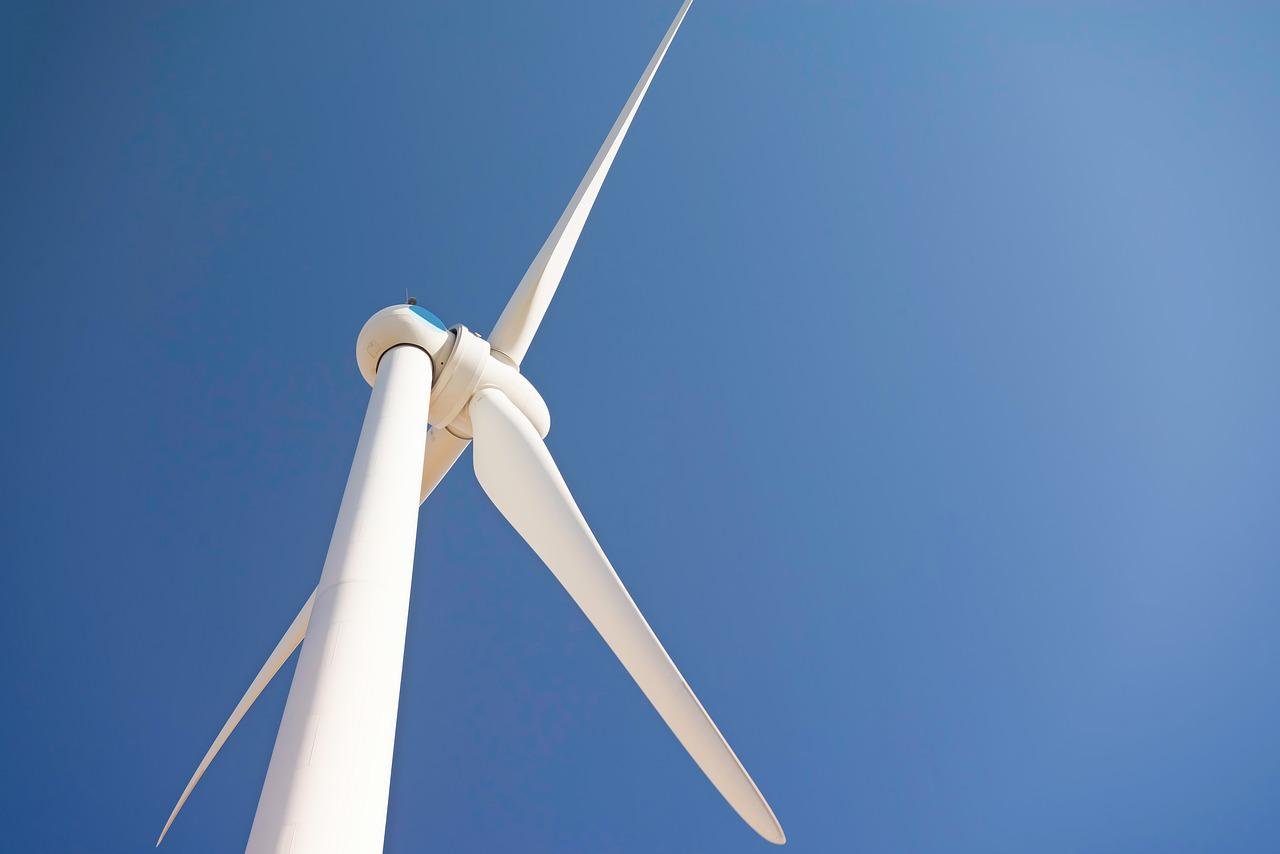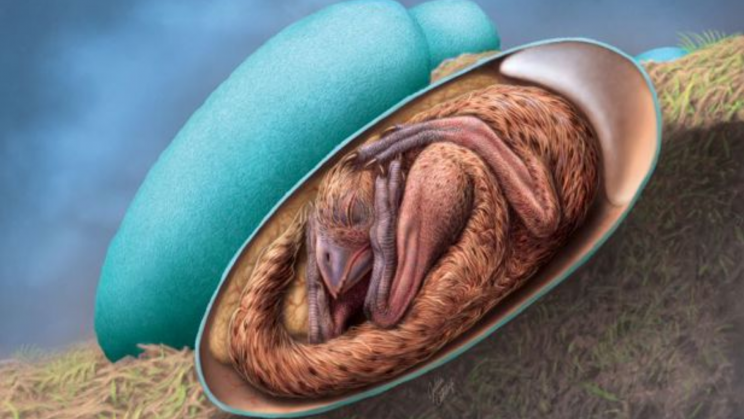Australian farmers are grappling with an overwhelming surplus of sheep, leading them to cull or give away livestock for free. Just three years ago, the sheep population hit a 100-year low. However, abundant rainfall has led to lush grasslands, resulting in a surge to the highest number since 2007.
The 75% Plunge in Mutton Prices
This population boom has posed challenges for farmers. The oversupply in the past year caused mutton prices to plummet by 75%, reaching their lowest point in 16 years.
Sheep numbers in Australia soared to 78.75 million due to favorable seasons. High mutton prices encouraged farmers to keep more sheep. However, in 2023, dry and hot weather reduced feed supply, impacting farmer confidence. The sheep population in Australia is expected to stabilize in 2024, easing pressure on farmers with slaughterhouse backlogs.
However, the industry faces a new challenge as the impending threat of drought during the approaching summer could limit grain production, potentially leaving farmers with more sheep than they can feed, according to The Guardian. The sheep crisis has dampened the optimism of Australian farmers, with over 60% feeling less positive about the future, as revealed by a National Farmers Federation survey.
Adapting for Tomorrow
Despite being a vital $2.2 billion industry in 2019, contributing to rural communities, sheep farming faces challenges such as weather uncertainties, labor shortages, and global competition. To adapt, some farmers have diversified by incorporating crops, cattle, or goats into their operations. Others have embraced technology like drones, sensors, or genetic testing to enhance efficiency.
Additionally, some farmers have formed cooperatives or alliances to share resources and access new markets. These strategies have proven effective for some farmers in managing the sheep glut and preparing for the future.






